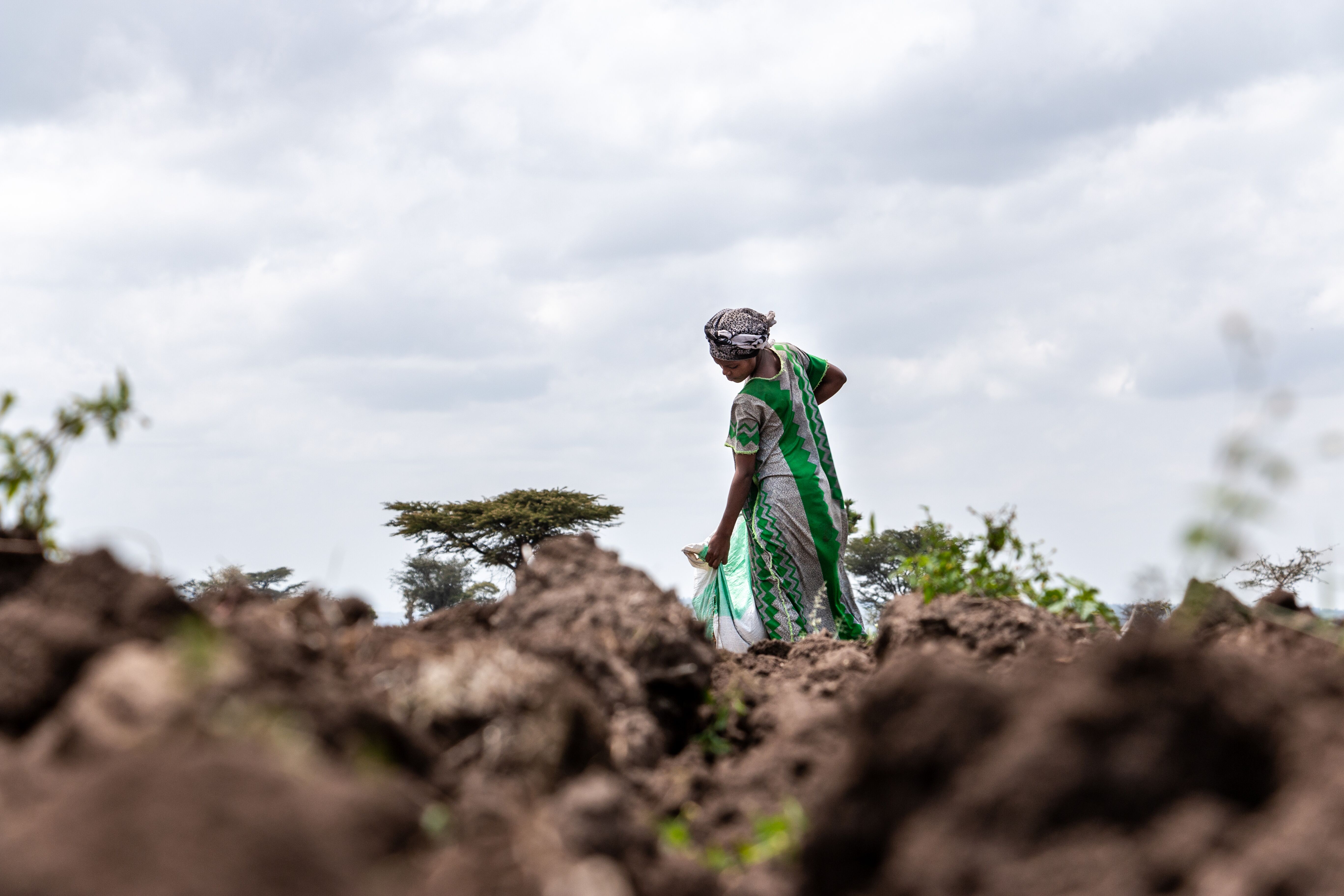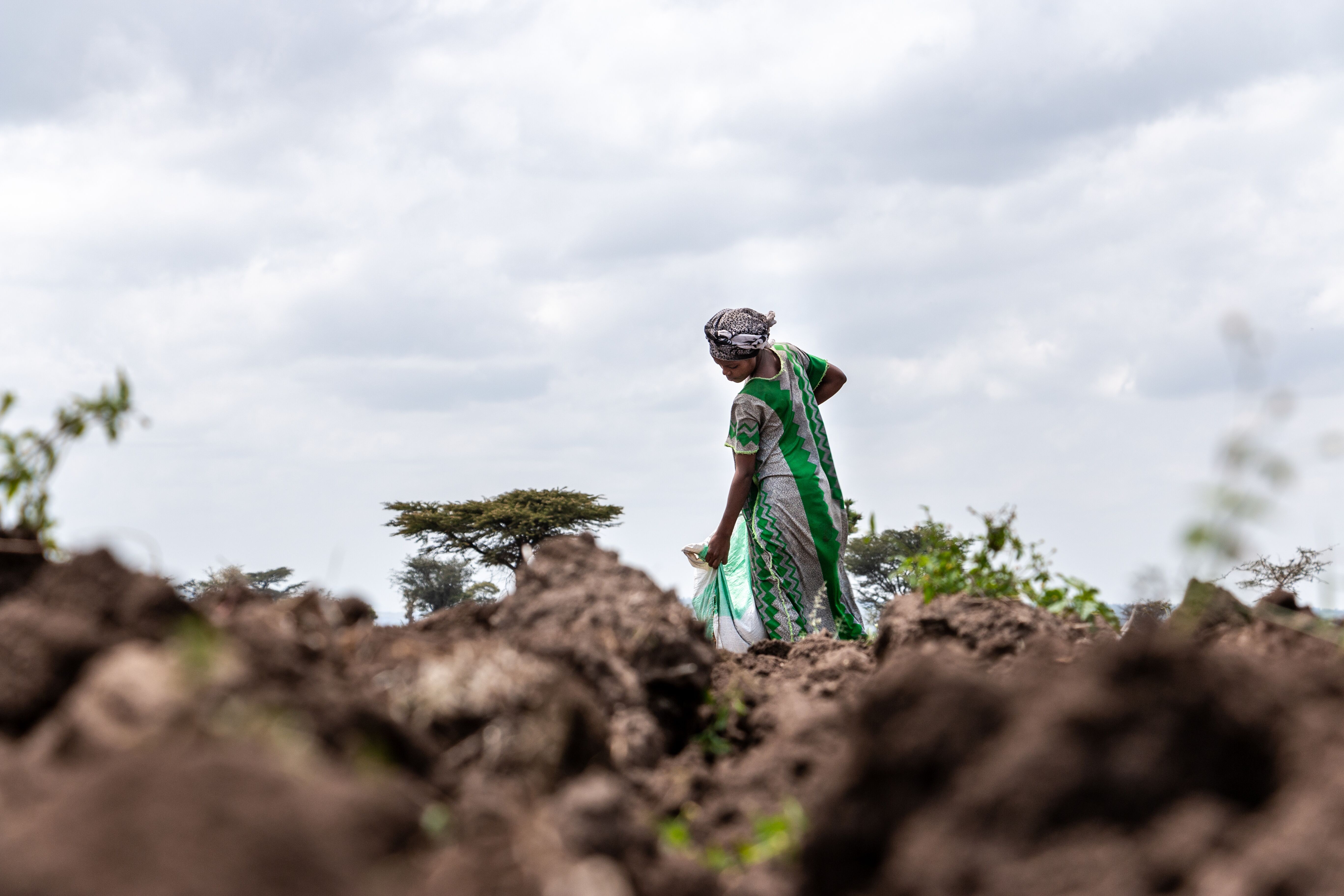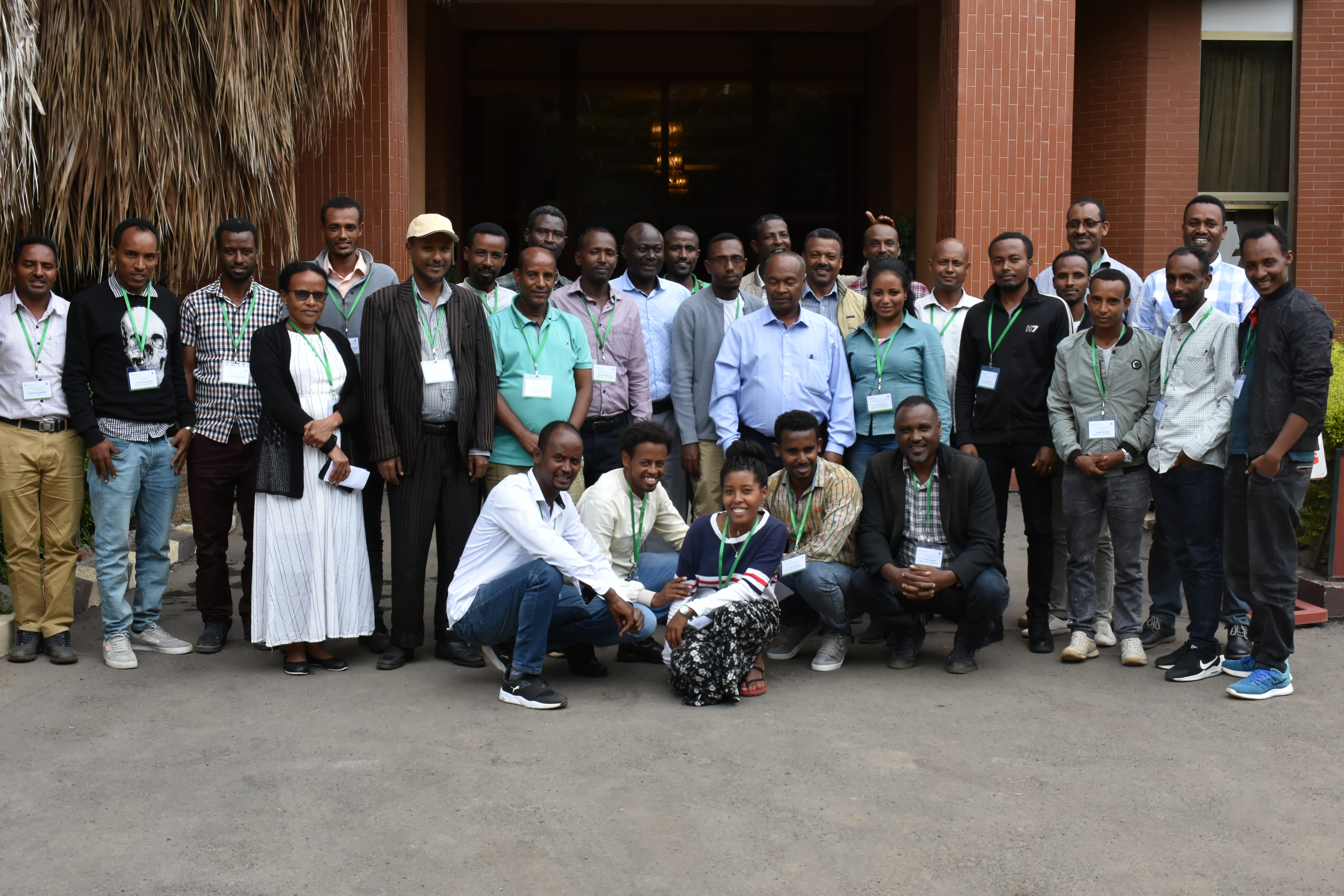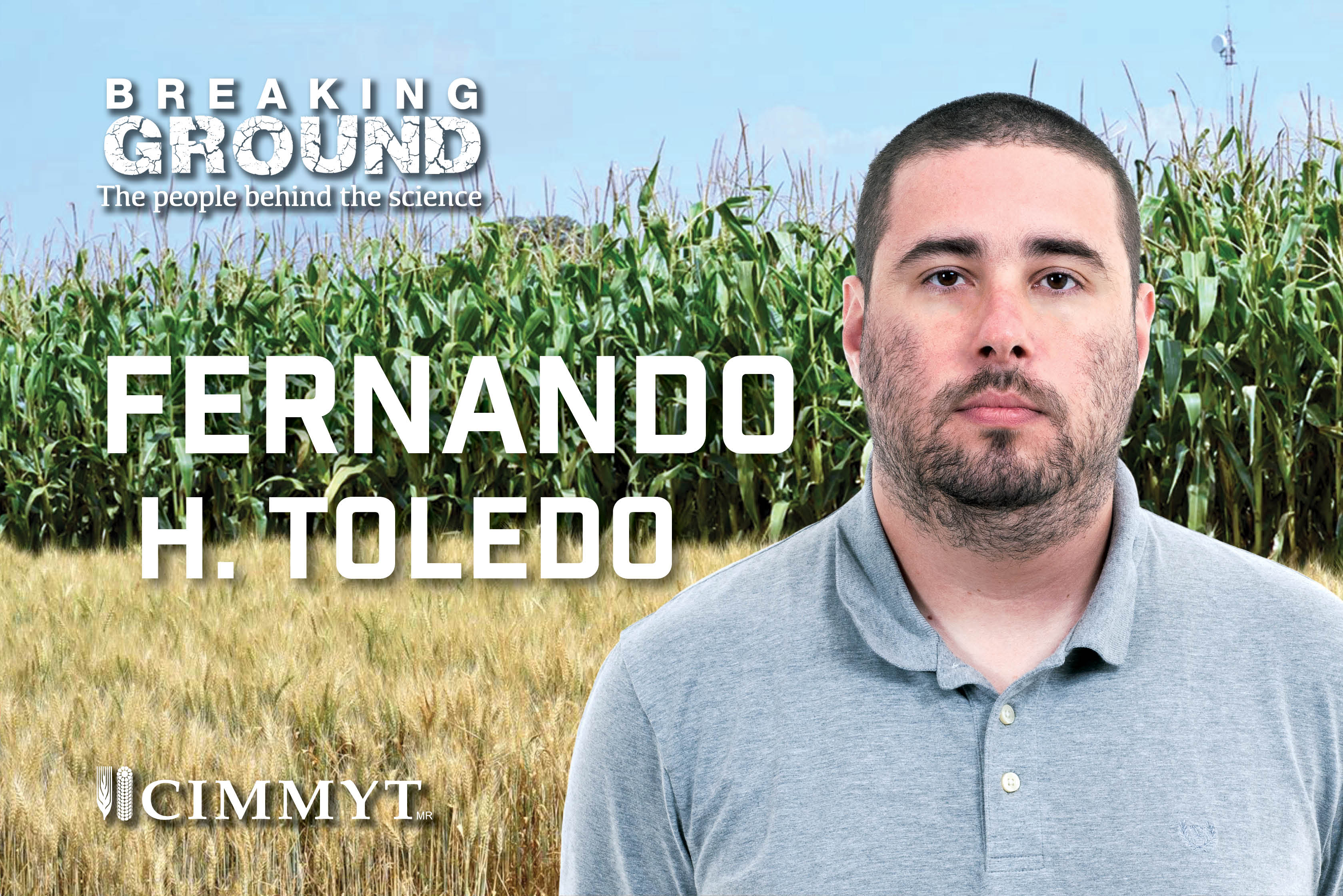Smallholder farmers’ multi-front strategy combats rapidly evolving wheat rust in Ethiopia

New research shows that smallholder farmers in Ethiopia used various coping mechanisms apart from fungicides in response to the recent wheat rust epidemics in the country. Scientists from the International Maize and Wheat Improvement Center (CIMMYT) and the Ethiopian Institute of Agricultural Research (EIAR) call for continuous support to research and extension programs to develop and disseminate improved wheat varieties with resistant traits to old and newly emerging rust races.
Rising wheat yields cannot catch up rising demand
Wheat is the fourth largest food crop in Ethiopia cultivated by smallholders, after teff, maize and sorghum. Ethiopia is the largest wheat producer in sub-Saharan Africa and average farm yields have more than doubled in the past two decades, reaching 2.74 tons per hectare on average in 2017/18. Farmers who use improved wheat varieties together with recommended agronomic practices recorded 4 to 6 tons per hectare in high-potential wheat growing areas such as the Arsi and Bale zones. Yet the country remains a net importer because demand for wheat is rapidly rising.
The Ethiopian government has targeted wheat self-sufficiency by 2023 and the country has huge production potential due to its various favorable agroecologies for wheat production.
However, one major challenge to boosting wheat production and yields is farmers’ vulnerability to rapidly evolving wheat diseases like wheat rusts.
The Ethiopian highlands have long been known as hot spots for stem and yellow wheat rusts caused by the fungus Puccinia spp., which can spread easily under favorable climatic conditions. Such threats may grow with a changing climate.
Recurrent outbreaks of the two rusts destroyed significant areas of popular wheat varieties. In 2010, a yellow rust epidemic severely affected the popular Kubsa variety. In 2013/14, farmers in the Arsi and Bale zones saw a new stem rust race destroy entire fields of the bread wheat Digalu variety.
In response to the 2010 yellow rust outbreak, the government and non-government organizations, seed enterprises and other development supporters increased the supply of yellow rust resistant varieties like Kakaba and Danda’a.
Fungicide is not the only solution for wheat smallholder farmers
Two household panel surveys during the 2009/10 main cropping season, before the yellow rust epidemic, and during the 2013/14 cropping season analyzed farmers’ exposure to wheat rusts and their coping mechanisms. From the survey, 44% of the wheat farming families reported yellow rust in their fields during the 2010/11 epidemic.
Household data analysis looked at the correlation between household characteristics, their coping strategies against wheat rust and farm yields. The study revealed there was a 29 to 41% yield advantage by increasing wheat area of the new, resistant varieties even under normal seasons with minimum rust occurrence in the field. Continuous varietal development in responding to emerging new rust races and supporting the deployment of newly released rust resistant varieties could help smallholders cope against the disease and maintain improved yields in the rust prone environments of Ethiopia.
The case study showed that apart from using fungicides, increasing wheat area under yellow rust resistant varieties, increasing diversity of wheat varieties grown, or a combination of these strategies were the main coping mechanisms farmers had taken to prevent new rust damages. Large-scale replacement of highly susceptible varieties by new rust resistant varieties was observed after the 2010/11 epidemic.
The most significant wheat grain yield increases were observed for farmers who increased both area under resistant varieties and number of wheat varieties grown per season.
The additional yield gain thanks to the large-scale adoption of yellow rust resistant varieties observed after the 2010/11 epidemic makes a very strong case to further strengthen wheat research and extension investments, so that more Ethiopian farmers have access to improved wheat varieties resistant to old and newly emerging rust races.
Read the full study on PLOS ONE:
https://doi.org/10.1371/journal.pone.0219327




